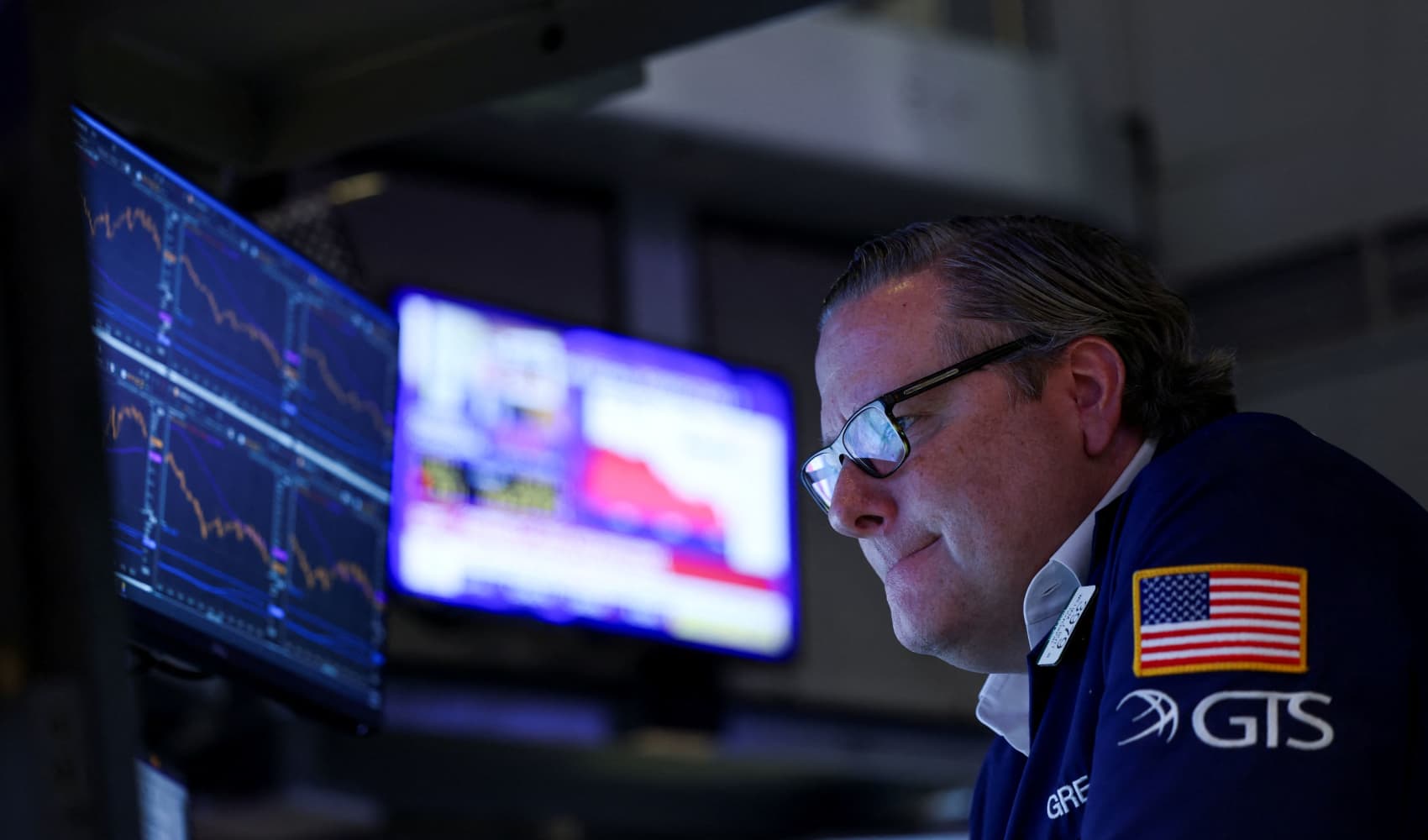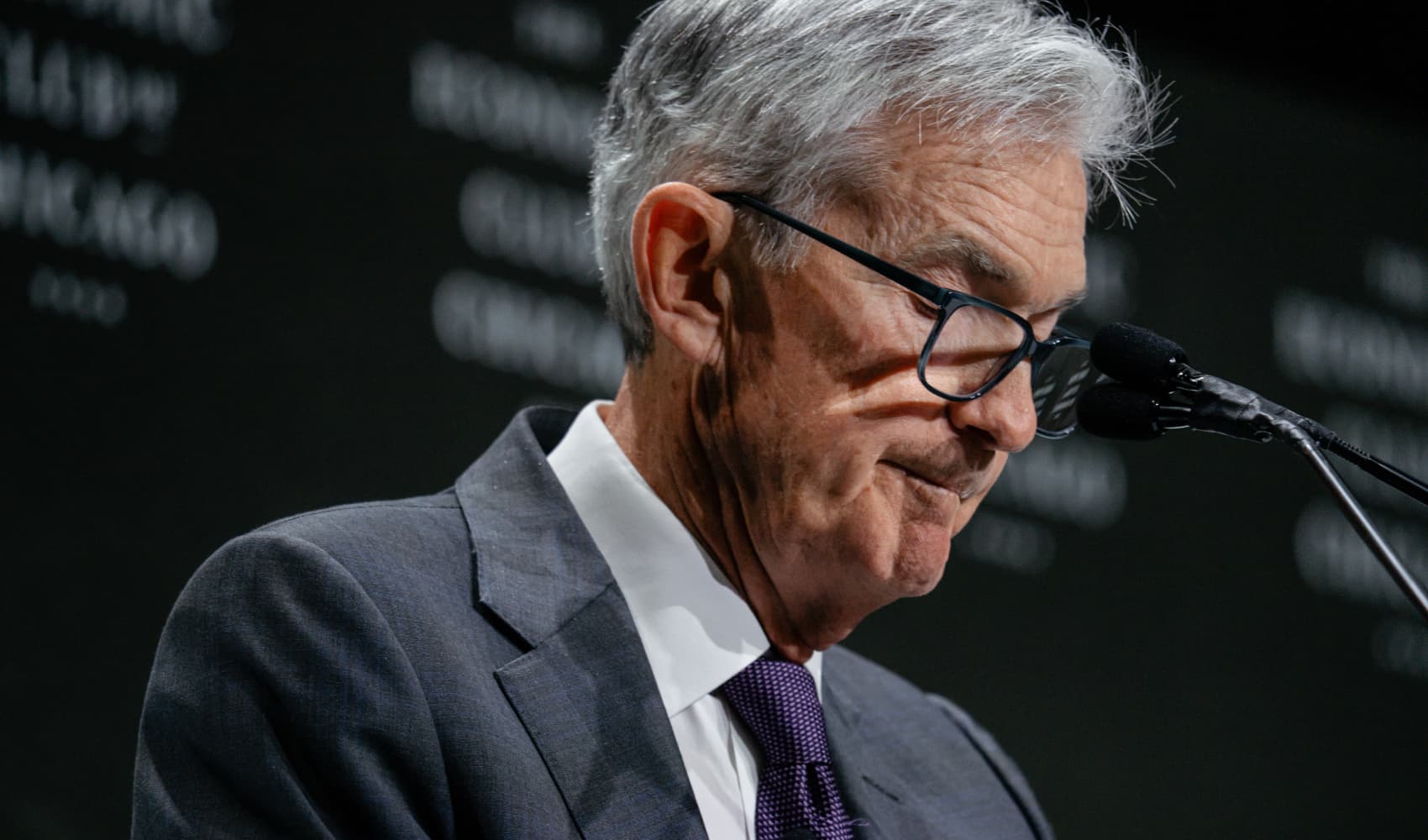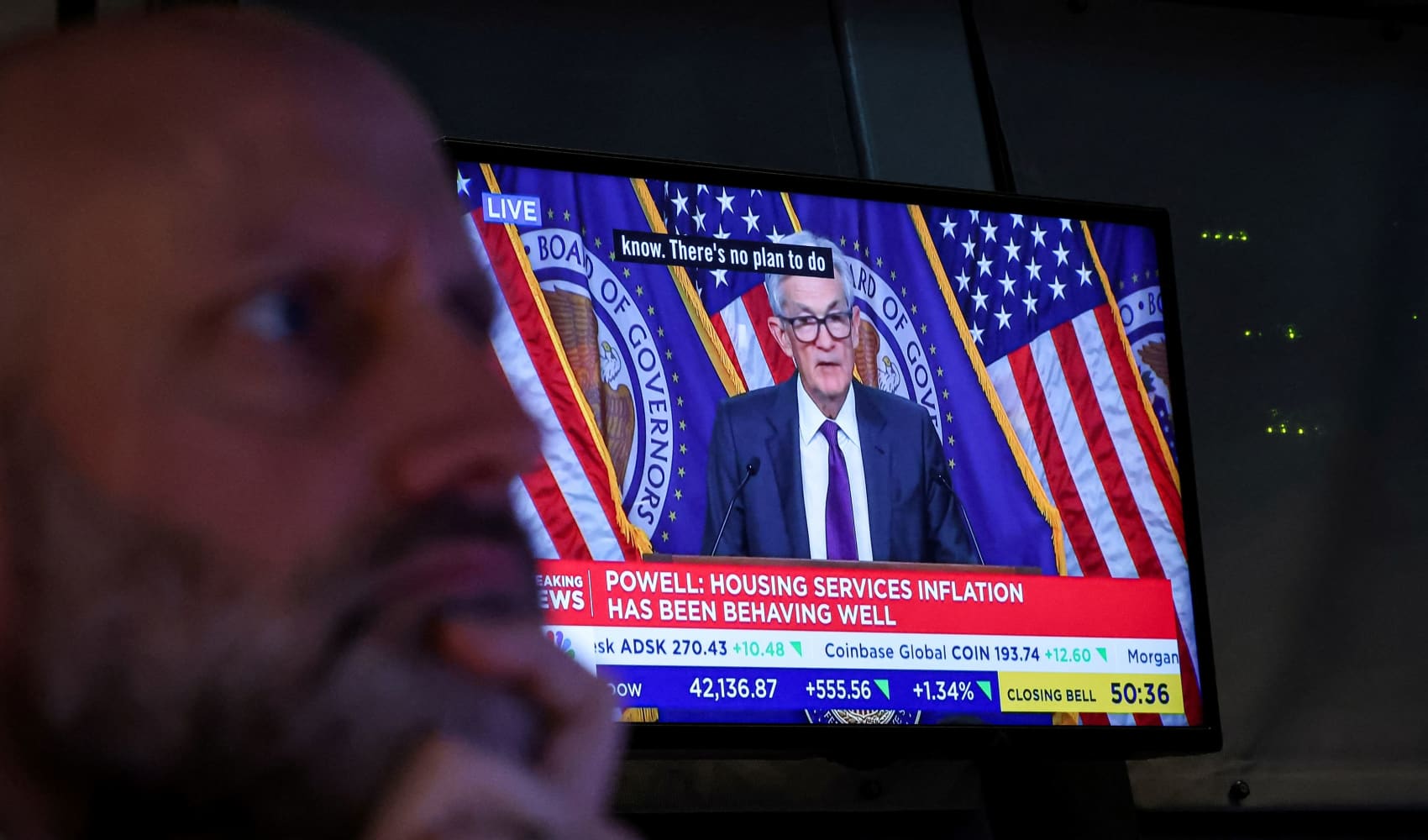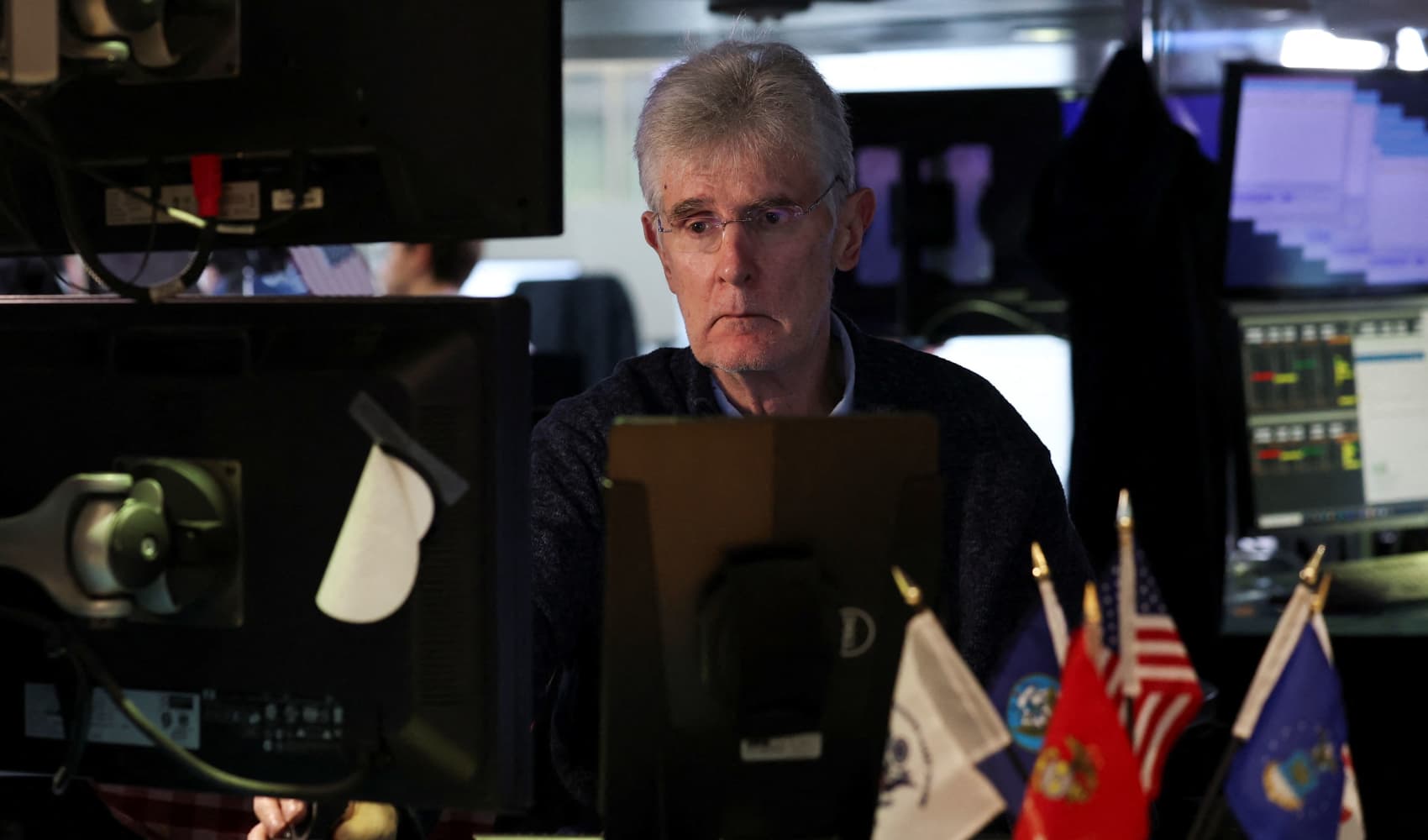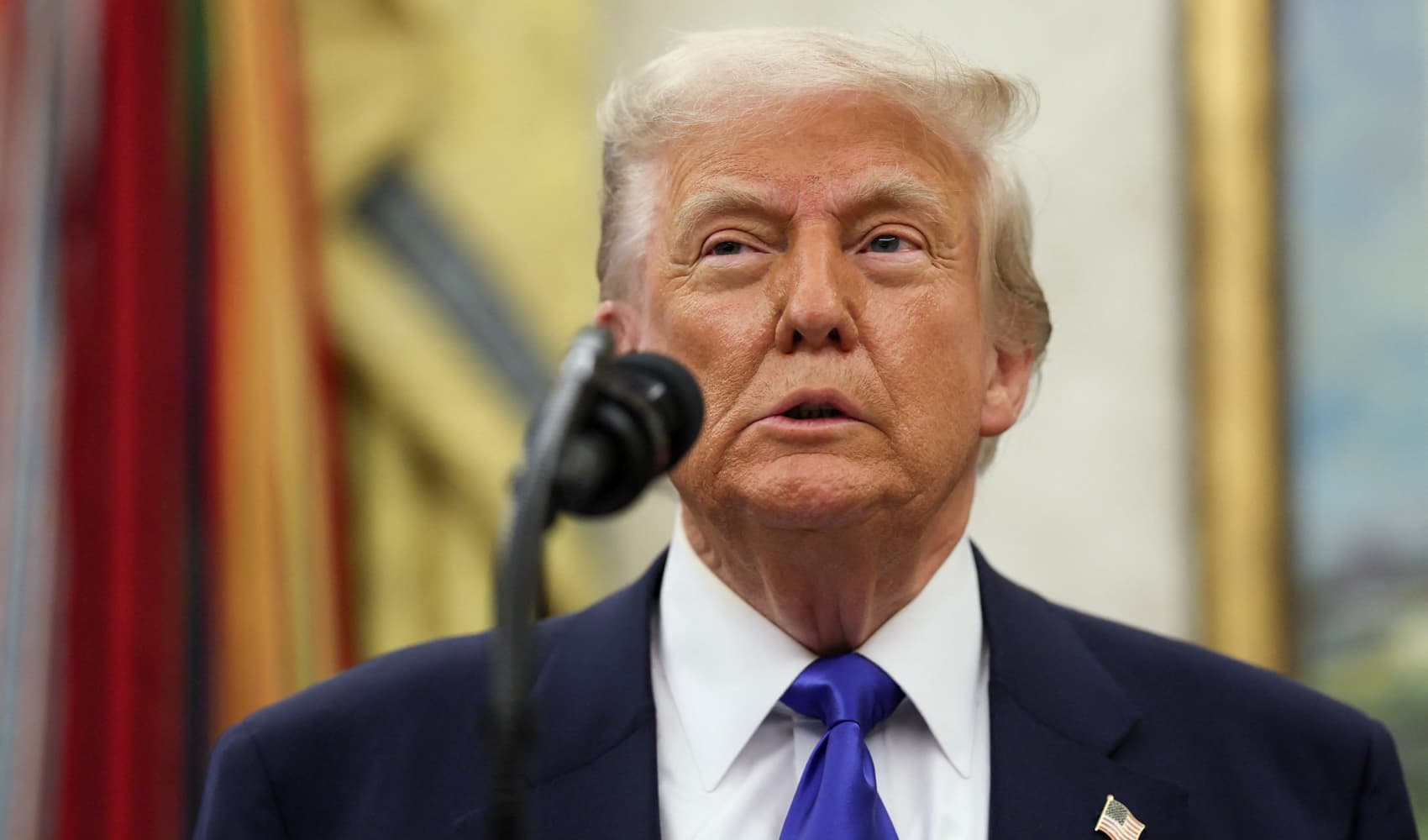Gold Price Dip: Will Easing Trade Tensions Last?
Gold Loses Shine: Trade Hopes Temper Record Highs
Introduction: A Seesaw of Sentiment
What goes up must come down, right? Well, that seems to be the story with gold lately. After soaring to record highs, fueled by investor anxiety over U.S. economic policy and geopolitical uncertainty, the precious metal has taken a breather. The culprit? A glimmer of hope that the trade war between the United States and China might just be cooling off. But is this just a temporary dip, or the start of a longer downward trend? Let's dive in.
Gold's Recent Rally: A Perfect Storm
Trump's Fed Pushback: The Initial Spark
Remember when President Trump was consistently voicing his displeasure with the Federal Reserve's interest rate policy? Those pronouncements rattled investors and weakened confidence in the U.S. dollar. A weaker dollar makes gold, which is priced in dollars, more attractive to foreign buyers. It's like a self-fulfilling prophecy - doubts about economic stability lead to a flight to safety, and gold becomes the refuge of choice.
Uncertainty Breeds Opportunity (for Gold)
Think of gold as the ultimate insurance policy. When the economic forecast is stormy, people flock to its perceived safety. This year, we've seen plenty of storms brewing, from escalating trade tensions to concerns about global growth. This climate of uncertainty pushed gold prices to levels never seen before.
The Pullback: A Whisper of Peace?
Trade Talk Hopes: A De-Escalation on the Horizon?
The main reason for gold's recent dip is the growing optimism surrounding U.S.-China trade relations. According to CNBC, Treasury Secretary Scott Bessent hinted at a potential de-escalation in trade tensions during a closed-door meeting. This news sent the stock market soaring, and investors started shifting their assets away from safe havens like gold and back into riskier assets like stocks.
The Stock Market's Rebound: A Sign of Confidence?
When the stock market rallies, it generally signals increased confidence in the economy. Investors are willing to take on more risk, and they're less likely to need the safety net of gold. It's a classic risk-on, risk-off dynamic.
Gold's Technical Levels: What to Watch
Support and Resistance: Key Price Points
Technical analysts are closely watching key support and resistance levels for gold. A break below a certain support level could signal further declines, while a move above a resistance level could indicate a renewed rally. Monitoring these levels can give you clues about the short-term direction of gold prices.
Moving Averages: Gauging the Trend
Moving averages are another important tool for technical analysts. They help to smooth out price fluctuations and identify the overall trend. If the price of gold is consistently above its moving average, it suggests an uptrend. Conversely, if it's consistently below, it suggests a downtrend.
The U.S. Dollar's Influence: A Constant Companion
A Weaker Dollar: Gold's Best Friend
As mentioned earlier, a weaker U.S. dollar generally supports higher gold prices. This is because gold is priced in dollars, so a weaker dollar makes it cheaper for buyers using other currencies to purchase the metal. It's like having a built-in discount for international investors.
Interest Rate Hikes: A Potential Headwind
Conversely, rising interest rates in the U.S. can put downward pressure on gold prices. Higher interest rates make the dollar more attractive, and they also increase the opportunity cost of holding gold, which doesn't pay any interest. So, the Fed's policy decisions play a crucial role in gold's price movements.
Geopolitical Risks: The Underlying Current
Global Uncertainty: A Persistent Factor
Even if trade tensions ease, geopolitical risks are likely to remain a factor supporting gold prices. From conflicts in the Middle East to political instability in various countries, there's always a degree of uncertainty in the world. And uncertainty is gold's bread and butter.
Inflation Concerns: A Long-Term Driver
Inflation is another potential driver of gold prices. As inflation erodes the purchasing power of fiat currencies, investors often turn to gold as a hedge. It's a way to protect their wealth from being diminished by rising prices.
Investor Sentiment: A Key Indicator
Fear and Greed: The Market's Emotions
Investor sentiment plays a huge role in the price of gold. When fear dominates the market, investors flock to safe havens like gold. When greed takes over, they tend to chase riskier assets. It's a constant tug-of-war between these two emotions.
News Headlines: Shaping Perceptions
News headlines can also significantly impact investor sentiment. A positive headline about a breakthrough in trade talks can boost confidence and push gold prices down. A negative headline about a geopolitical conflict can spark fear and send gold prices soaring. So, paying attention to the news is crucial for understanding gold's price movements.
Central Bank Activity: A Big Player
Gold Reserves: Diversification Strategies
Central banks around the world hold significant gold reserves. Their buying and selling activity can have a major impact on the price of gold. Some central banks view gold as a strategic asset, and they're actively increasing their reserves as a way to diversify away from the U.S. dollar.
Monetary Policy: Setting the Tone
Central banks' monetary policies also influence gold prices. Lower interest rates and quantitative easing (QE) tend to be positive for gold, while higher interest rates and tightening monetary policy tend to be negative.
The Long-Term Outlook for Gold: Still Bullish?
Inflation Hedge: A Timeless Role
Despite the recent pullback, many analysts remain bullish on gold's long-term prospects. They believe that gold will continue to play its traditional role as an inflation hedge and a safe haven asset.
Geopolitical Uncertainty: A Persistent Tailwind
Furthermore, the ongoing geopolitical uncertainties and the potential for further trade disputes are likely to provide continued support for gold prices.
Investing in Gold: How to Get Involved
Physical Gold: Bars, Coins, and Jewelry
You can invest in gold by purchasing physical gold, such as bars, coins, or jewelry. This gives you direct ownership of the metal. However, you'll need to consider storage and insurance costs.
Gold ETFs: A Convenient Option
Gold exchange-traded funds (ETFs) are another popular way to invest in gold. These ETFs track the price of gold and are traded on stock exchanges. They offer a convenient and liquid way to gain exposure to gold without having to physically store the metal.
Gold Mining Stocks: Leverage to Price Movements
Gold mining stocks can also provide leverage to gold price movements. These stocks tend to be more volatile than gold itself, but they can also offer higher potential returns.
Risk Management: Protecting Your Investment
Diversification: Don't Put All Your Eggs in One Basket
As with any investment, it's important to manage risk when investing in gold. Diversification is key. Don't put all your investment capital into gold. Spread your investments across different asset classes to reduce your overall risk.
Stop-Loss Orders: Limiting Potential Losses
Consider using stop-loss orders to limit your potential losses. A stop-loss order is an order to sell your gold if the price falls below a certain level. This can help you to protect your capital in case of a sudden price decline.
Conclusion: A Cautious Outlook
So, where does this leave us? Gold's recent pullback reminds us that even safe-haven assets aren't immune to market fluctuations. While hopes of easing trade tensions have dampened the metal's immediate appeal, underlying factors like geopolitical risks and inflation concerns suggest that gold's long-term prospects remain positive. The key takeaway? Keep a close eye on trade negotiations, monitor the U.S. dollar's strength, and always manage your risk carefully. After all, investing in gold is a marathon, not a sprint.
Frequently Asked Questions
- Why did gold prices fall from their record high?
Gold prices fell primarily due to increasing optimism that trade tensions between the U.S. and China might be easing, prompting investors to shift away from safe-haven assets like gold.
- What factors could cause gold prices to rise again?
Geopolitical instability, renewed trade tensions, rising inflation, a weakening U.S. dollar, and further uncertainty about global economic growth could all trigger another rally in gold prices.
- Is gold a good investment right now?
Whether gold is a good investment depends on your individual risk tolerance and investment goals. It's essential to research thoroughly, consider your investment horizon, and diversify your portfolio to mitigate risks.
- How does the Federal Reserve's monetary policy affect gold prices?
The Federal Reserve's interest rate decisions have a significant impact on gold prices. Lower interest rates and quantitative easing tend to be positive for gold, while higher interest rates tend to be negative.
- What are the different ways to invest in gold?
You can invest in gold through physical gold (bars, coins, jewelry), gold exchange-traded funds (ETFs), and gold mining stocks. Each option has its own advantages and disadvantages in terms of liquidity, storage, and risk.

